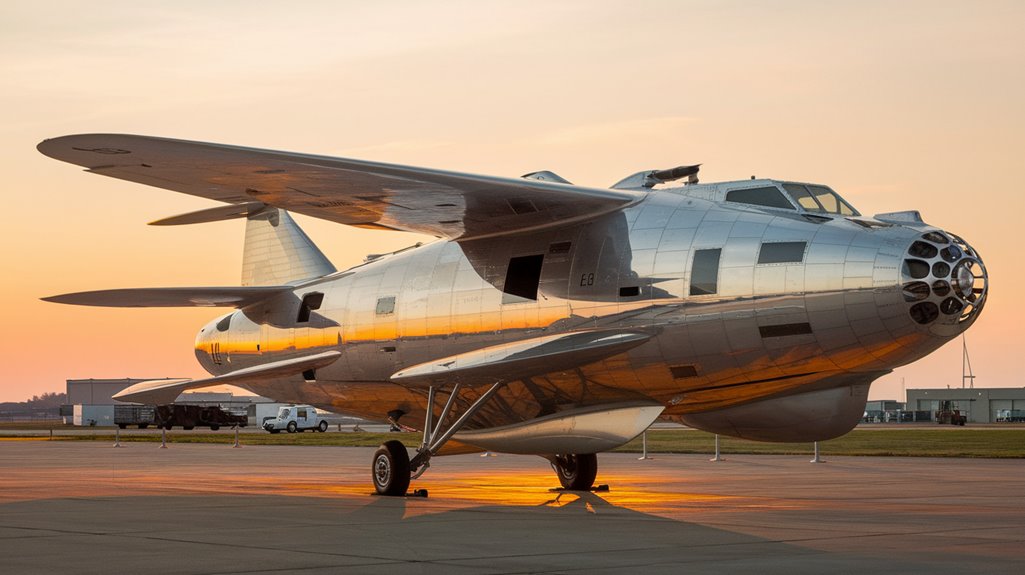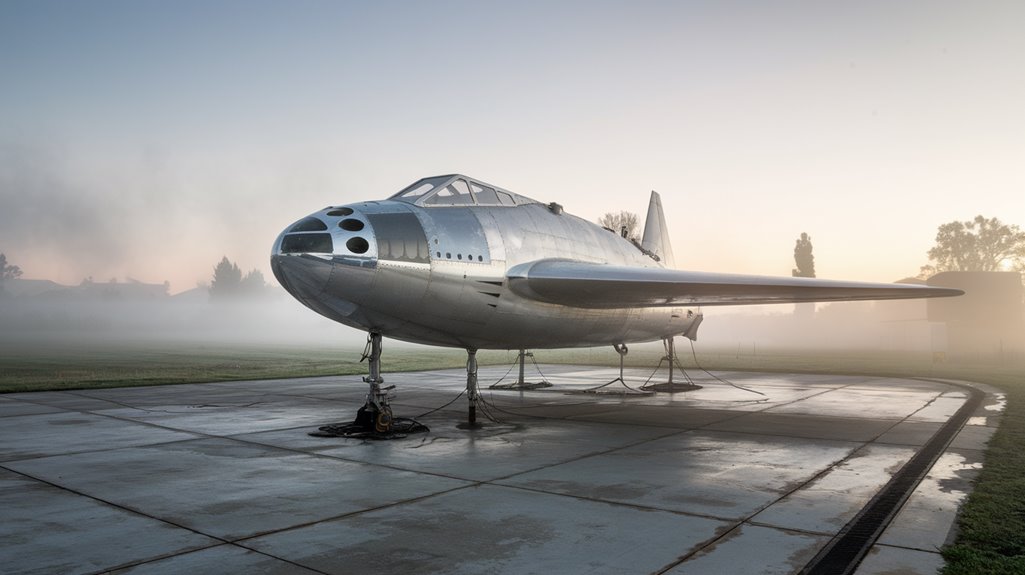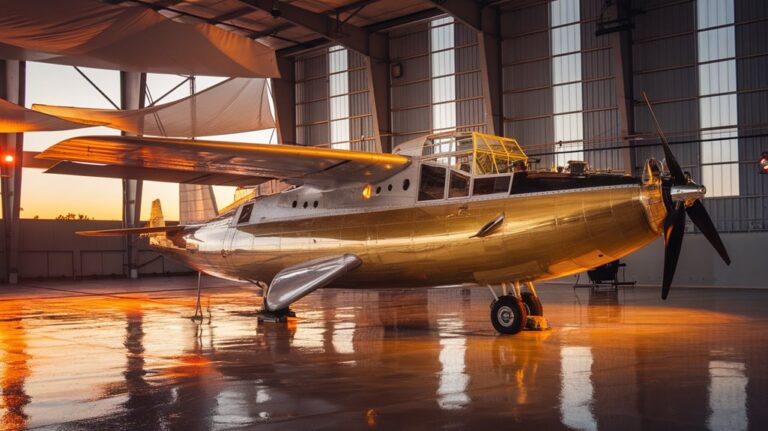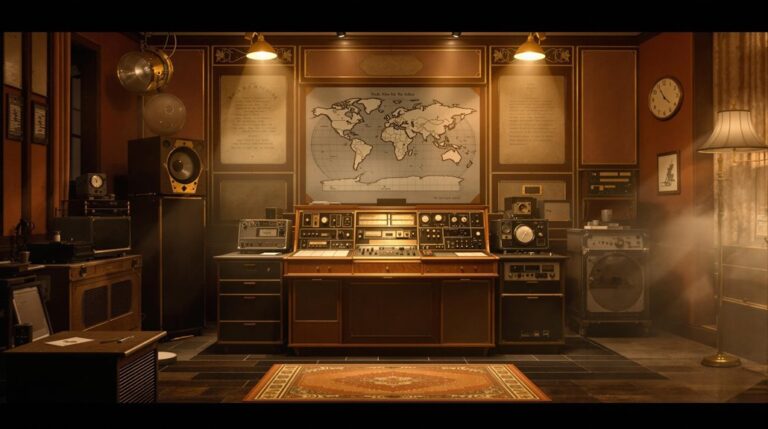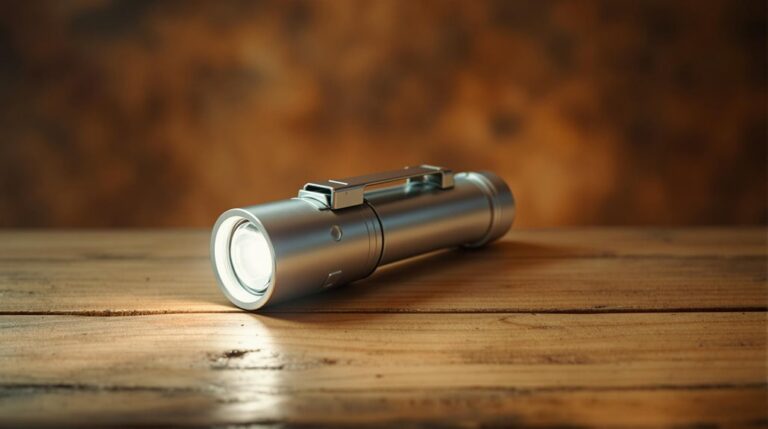A Submarine That Flies? The Military’s Longtime Obsession
Did you know that nearly 70 years of military research has gone into creating a vessel that can both fly and submerge? You've probably never imagined a submarine breaking through the ocean's surface only to soar into the clouds. Yet that's exactly what military engineers have pursued since the 1950s, driven by the dream of ultimate battlefield flexibility. From garage inventors to top-secret military programs, the quest for a flying submarine reveals one of warfare's most ambitious technological pursuits.
The Birth of an Ambitious Dream: Early Flying Submarine Concepts
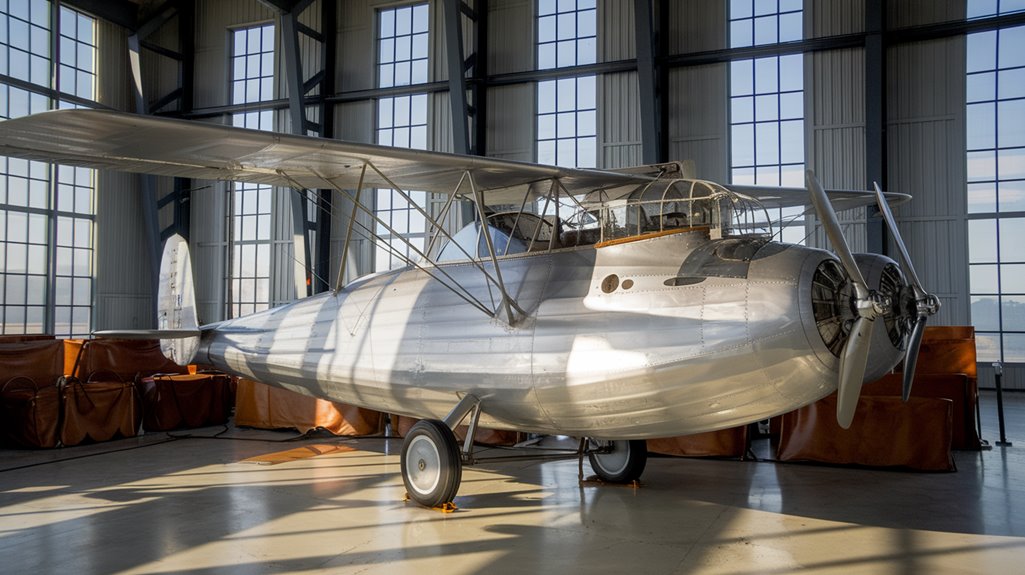
While humans have long dreamed of vessels that could navigate both sea and sky, the concept of a flying submarine emerged from centuries of separate innovations in underwater and aerial transport.
You can trace early submarines back to ancient times, when divers at Thebes used hollow sticks to breathe underwater, and Alexander the Great employed submersible tactics during the Siege of Tyre.
As underwater technology evolved, pioneers like William Bourne and Denis Papin advanced submarine design through the Middle Ages and into the 17th century.
These early submarines laid the groundwork for more ambitious flying aspirations.
The Russian Navy showed great interest in Ushakov's innovative hybrid vessel design.
Bishop John Wilkins recognized the incredible military potential of submarines, noting their ability to provide invisibility and safety from threats.
When Russian engineer Boris Ushakov drafted plans for a submersible aircraft, he represented a natural progression in military innovation, combining centuries of underwater exploration with humanity's newfound mastery of flight.
Reid's RFS-1: From Garage Project to Proof of Concept
In 1961, Donald Reid brought the flying submarine from dream to reality in his New Jersey backyard.
Despite limited funding and relying on spare parts, Reid's ambitions led to the creation of the RFS-1, a 32.83-foot vehicle that could both fly and dive.
The engineering hurdles were significant. The craft used a 65 hp engine for flight and a small electric motor for underwater propulsion, while the pilot relied on an aqualung for breathing. The four-cylinder Lycoming engine served as the heart of the aircraft's propulsion system.
Though the conversion process between air and water modes was clumsy, the RFS-1 achieved its historic first full-cycle flight on June 9, 1964. On that historic day, Reid earned U.S. Patent No. 3,092,060 for his revolutionary design.
Piloted by Reid's son Bruce, it flew 75 feet after surfacing from a 6.5-foot dive.
While Reid couldn't secure backers for further development, his prototype proved that a flying submarine wasn't just science fiction.
Cold War Innovation: Soviet and American Developments
During the Cold War, submarine development became a fierce technological battleground between the Soviet Union and the United States. The Soviets pushed boundaries with vessels like K-222, the world's fastest submarine featuring a groundbreaking titanium hull. While impressive, its noise levels and high costs limited its practicality. The submarine's extraordinary speed of 44.7 knots during trials demonstrated its revolutionary capabilities.
You'll find that American innovations focused heavily on antisubmarine warfare to counter Soviet submarines, leading to what experts called the "Third Battle." This technological race intensified after incidents like the Cuban Missile Crisis, where a Soviet submarine nearly launched a nuclear torpedo during a tense standoff with U.S. forces. Captain Savitsky had considered launching the nuclear weapon before being stopped by fellow officers aboard submarine B-59.
Engineering Challenges: Balancing Flight and Submersion
Creating a vehicle that masters both air and sea presents monumental engineering hurdles that push modern technology to its limits.
The engineering trade offs are particularly challenging when you consider that aircraft need to be light, while submarines must match water's density. You'll find that even the basic hull design creates a paradox – it must be strong enough to withstand deep-water pressure yet light enough for flight. The fly-by-wire system manages complex dual-surface controls for both aerial and marine operations. Dynamic instability issues become especially problematic during high-speed maneuvers.
Buoyancy control requires innovative solutions, like flooding specific compartments with seawater and using wing membranes for fuel storage.
You're also dealing with dual propulsion systems that must work in vastly different environments. The turbofan engines need watertight seals underwater, while electric motors in drop-down pods handle submarine propulsion.
Add to this the complex control systems needed to manage stability in both mediums, and you've got an engineering puzzle of unprecedented complexity.
Modern Technology's Impact on Hybrid Vehicle Design
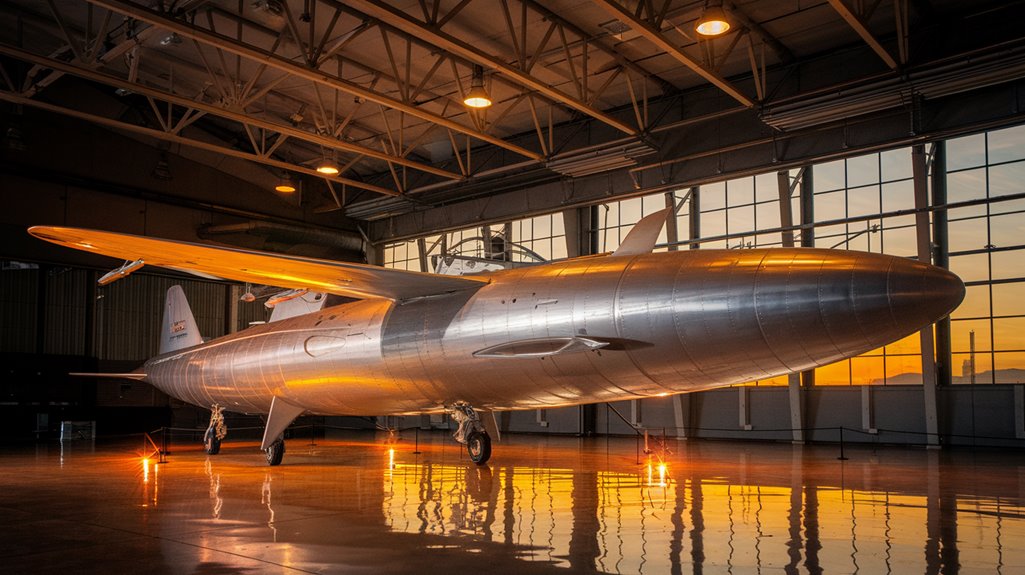
Modern technology has revolutionized the approach to developing hybrid vehicles that can navigate both air and sea. You'll find that lessons from commercial hybrid technology have directly influenced these ambitious craft's design.
Like their automotive cousins, these vehicles benefit from ultra-light materials and advanced power management systems that maximize efficiency. The integration of nickel-metal-hydride batteries has greatly enhanced the range and performance capabilities of these dual-environment vehicles.
When you examine the vehicle design, you'll notice how aerodynamic principles must work both above and below water. The integration of specialized propulsion systems mirrors the complexity found in parallel hybrid vehicles, where multiple power sources work in tandem.
Energy storage solutions, inspired by automotive battery arrays, have been adapted to meet the unique demands of dual-environment operation. This crossover of technologies has made the concept of a flying submarine increasingly feasible.
The Strategic Value of Dual-Domain Military Vessels
While traditional military vessels operate in a single domain, dual-domain military vessels provide commanders with unprecedented strategic advantages across multiple theaters of operation.
You'll find these vessels enhance strategic deterrence by creating multiple dilemmas for adversaries while maintaining operational flexibility across different combat scenarios.
In today's complex threat environment, you need vessels that can seamlessly integrate advanced technologies like long-range precision fires and cyber warfare capabilities. The Australian Defence Force has prioritized long range strike capabilities to shift from defense to deterrence.
These platforms must effectively coordinate with joint forces and allies through sophisticated command and control systems.
 Joint-All Domain Operations concept, requiring rapid integration across land, sea, air, space, and cyberspace.
Joint-All Domain Operations concept, requiring rapid integration across land, sea, air, space, and cyberspace.

